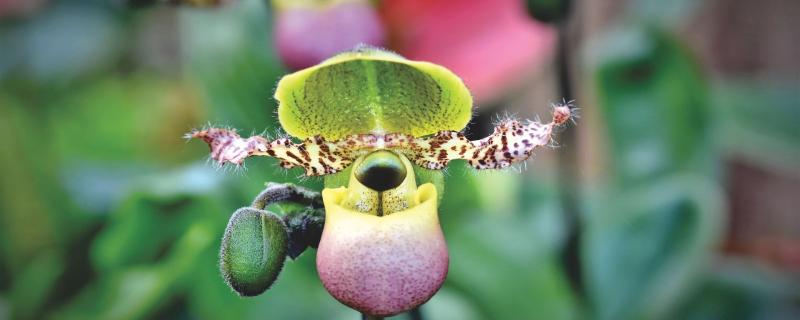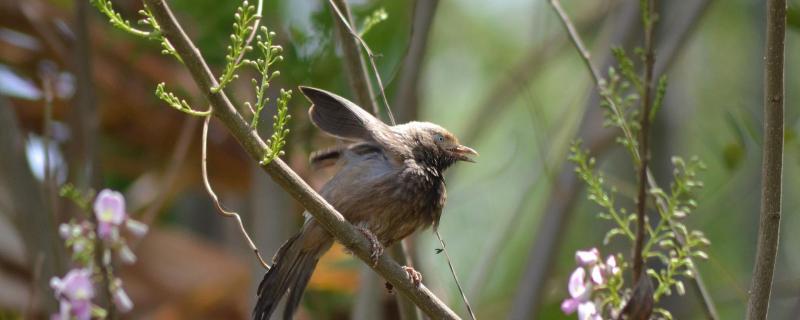From the 5th of November 2019 to the 8th, India saw one of its extravagant science events, the India International Science Festival, organised in Kolkata. The event was organised by the Ministry of Science & Technology and Earth Sciences, Government of India, in association with Vijnana Bharati (VIBHA) and hosted many conferences, conclaves and exhibitions aimed at anyone enthusiastic about science. Although this was the fifth edition of the science festival, it was the first time a dedicated Science and Technology Media Conclave was held as a part of IISF—a move that had many science communicators, writers and journalists enthused. It was spread over two days, the 6th and 7th of November, at the legendary Bose Institute.










